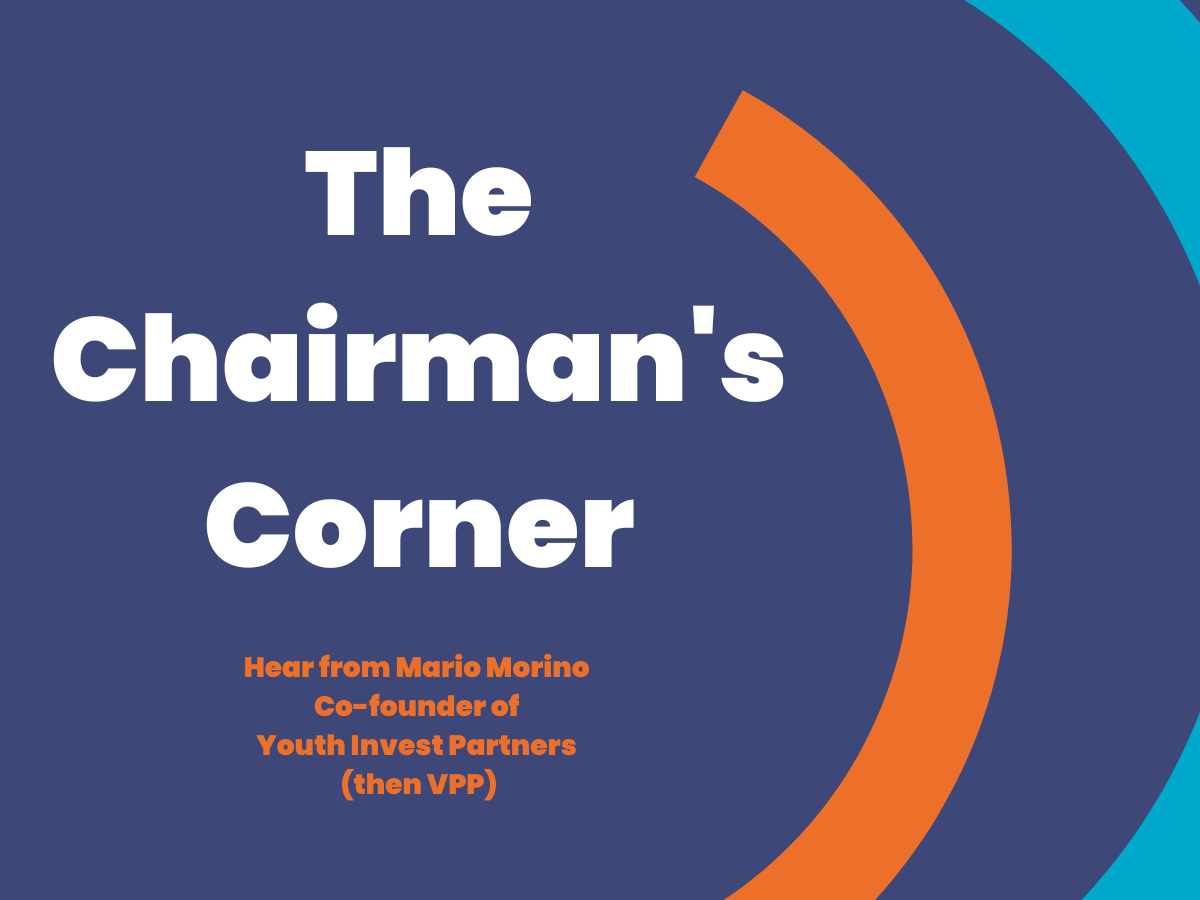Chairman’s Corner: March 2003

Toward a Stronger Board
by Mario Morino, Co-founder of VPP
We at VPP believe that one of the most important ways we can benefit our investment partners is to support each of them in developing a highly engaged and effective board of directors. Generally speaking, our nonprofit partners have already created boards with committed and well-connected members who truly understand and value the mission of their organizations.
But, as with the vast majority of for-profit companies in America, even the best of these boards could provide an even higher level of support for and stewardship of the organization and its executive leadership. In our view, significantly strengthening the board of directors is one of the most important actions nonprofit executives can take to ensure their organization’s long-term success.
A strong board can make a real impact on the organization’s fiscal health by giving and getting donations, but board service should demand much more than playing an active role in fundraising. A strong board provides counsel to the executive director on important decisions, including those related to executive recruitment, expansion, key personnel, organizational issues, and financial matters. It encourages the development of the executive director and senior management team. It provides insight and direction with respect to the mission, direction, and strategies of the organization.
A strong board also provides strong governance. In an operating climate heavy with post-Enron, post-United Way skepticism, a board must take its oversight function seriously, insisting on the highest(not just acceptable) standards of fiscal accountability and transparency.
Most for-profit and nonprofit boards get a very good start in life with the proverbial “friends, family, and fools”-people daring enough to invest their time, and perhaps money, in an untested idea. But over time, a strong board evolves in critical ways. The members increasingly reach to bring on individuals who will raise the board’s overall stature and effectiveness and who bring skills that match the emerging needs of the organization. A strong board also works to ensure the presence of key members who have the time, experience, and inclination to provide frequent counsel to the executive director-not only to help guide him or her through new areas and situations, but also to contribute to his or her development as an executive.
When I was running my software company during a time when our industry was rapidly developing, I benefited greatly from the guidance and mentorship of a strong board. But as we grew, we were strongly advised that we should add new members who had experience leading companies with revenues four to five times
greater than ours did at the time. In other words, we were encouraged to recruit people to the board who had been where we wanted to go, who knew intimately the growing pains we were going to experience, and who knew the pitfalls we wanted to avoid. That advice proved invaluable to me and to others in the firm.
To put this in the present context, if a nonprofit organization serving 500 children today wants to grow to serve 3,000 children in five years, does it have a board member who knows from personal experience what it takes to achieve this kind of scale in a short time period? If the organization sees a strategic opportunity in expanding its programs to serve a new area of the city or region, does it have board members who have strong ties to the trusted and knowledgeable leaders in those communities? If the organization’s goals include influencing public policy, does its board have top legislative experts? As important as it is for an organization to have accomplished, public-spirited stakeholders on its board, it is every bit as important to have members who can meet specific functional needs.
VPP is in the process of learning how to better support this kind of board evolution among our investment partners in ways that are respectful of what these outstanding organizations have already built. From the beginning, we seek representation on the boards of our investment partners, offering them members of our extended team with relevant skills, including VPP investors and senior partners. But we are not so arrogant as to believe that adding a VPP representative suddenly brings a board to a new place. So we are also working to help investment partners analyze their functional needs, and then, at their request, we tap our broad network of contacts in the region to help identify and recruit new potential members who can fill those needs. I suspect that these actions may prove to be even more valuable and lasting than any financial contribution we can make.



